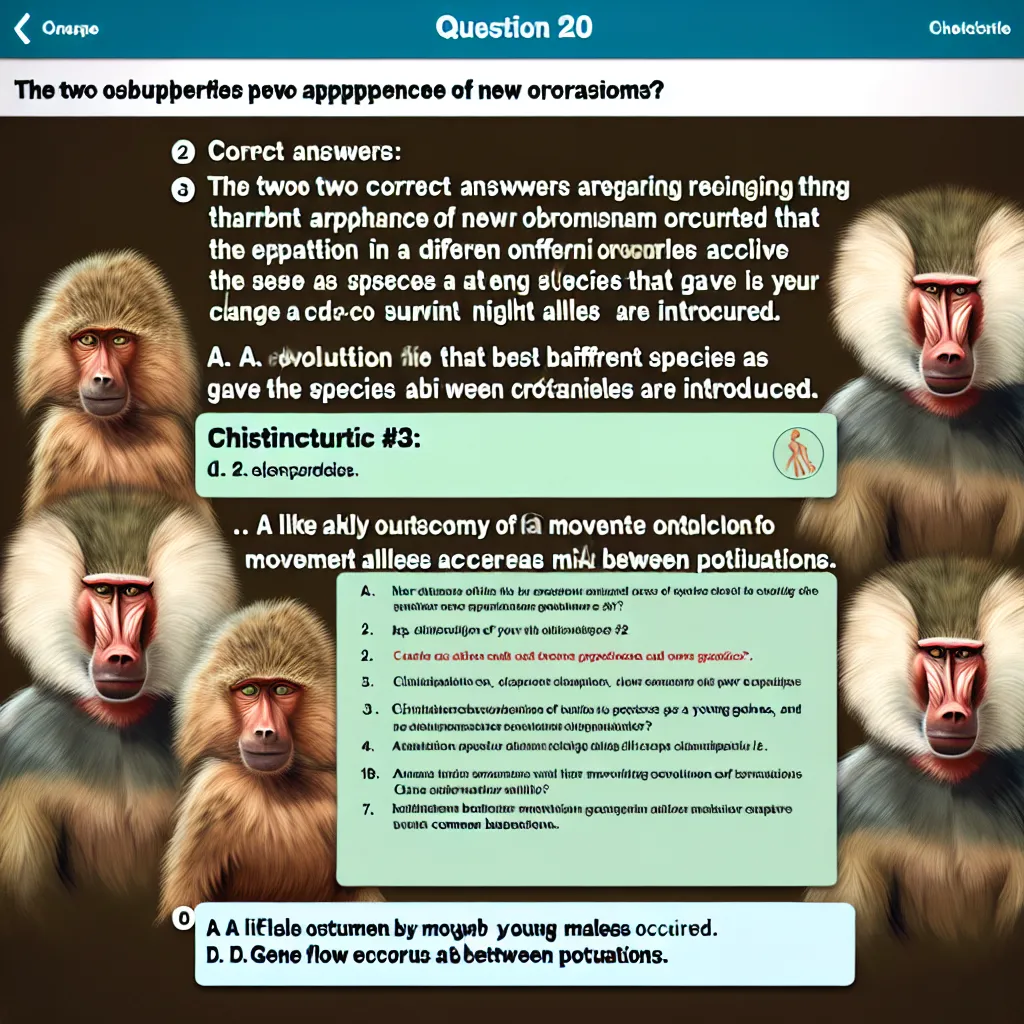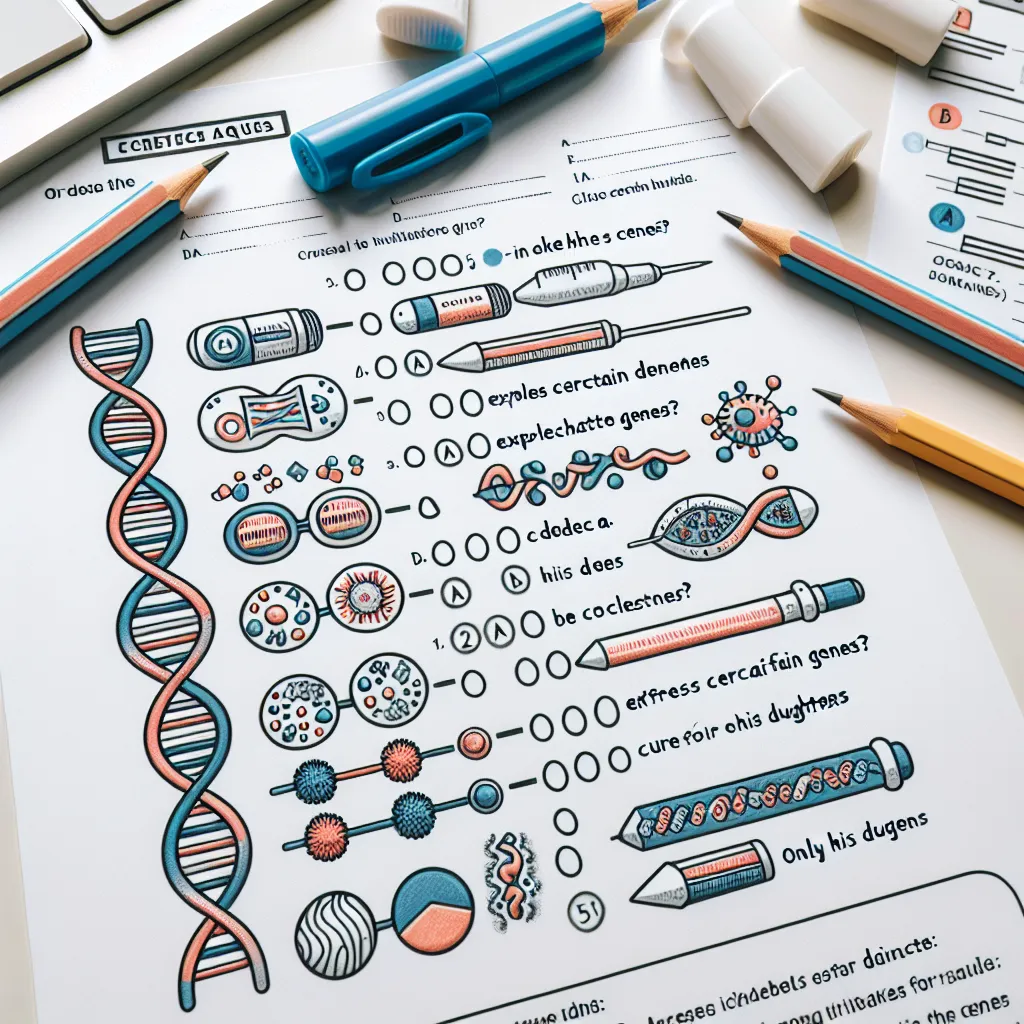Ask AI on The Internet
Question: In the genetic algorithm, a new generation always has a larger average of the fitness function values than compared to the previous generation
In a genetic algorithm, the goal is generally to evolve a population of candidate solutions to higher levels of fitness over successive generations. However, the statement that "a new generation always has a larger average of the fitness function values than compared to the previous generation" is not necessarily true. Here's why: 1. **Selection Pressure**: The process of selecting individuals for reproduction can introduce randomness based on the selection method (e.g., tournament selection, roulette wheel selection). This can sometimes result in the selection of less-fit individuals for creating the next generation. 2. **Crossover and Mutation**: Genetic operators like crossover and mutation introduce variability. While these operators are designed to explore new potential solutions and maintain genetic diversity, they can sometimes produce offspring that have lower fitness than their parents. 3. **Stochastic Nature**: The genetic algorithm inherently includes stochastic processes. This randomness means that it's possible for the average fitness to decrease in some generations, even if the global trend is toward higher fitness. 4. **Complex Fitness Landscapes**: The fitness landscape may have local maxima, plateaus, or deceptive slopes, making it possible for a population to temporarily decrease in average fitness while navigating through these complex areas. 5. **Diversity Maintenance**: To avoid premature convergence to a local optimum, genetic algorithms often incorporate mechanisms to maintain or introduce diversity. This can involve retaining individuals with lower fitness to ensure a broad search space, which might temporarily decrease average fitness. In practice, the expectation is that over many generations, the overall trend should be an increase in average fitness, especially if the algorithm is well-tuned and not prematurely converging. However, fluctuations and occasional decreases in average fitness from one generation to the next are a normal part of the evolutionary process. To maximize the chances of increasing average fitness over time, consider the following strategies: - Use effective selection methods to balance the exploitation of good solutions and exploration of new ones. - Properly tune mutation and crossover rates. - Implement mechanisms to maintain genetic diversity. - Monitor for and mitigate premature convergence. By carefully managing these elements, you can improve the overall efficacy of your genetic algorithm in finding high-quality solutions.
Think your answer is better than the AI's? Post it below.
Other Most Relevant Posts:
 20. The evidence for new organisms: environmental change and speciation events.
22. Indications of genetic adaptation for survival.
Common baboons: Outcome of movement by young males.
20. The evidence for new organisms: environmental change and speciation events.
22. Indications of genetic adaptation for survival.
Common baboons: Outcome of movement by young males.
 1. Early development and disappearance of hind limbs in dolphins
2. Evolution pattern represented
3. Evolutionary mechanism explaining low genetic variation in wolves
1. Early development and disappearance of hind limbs in dolphins
2. Evolution pattern represented
3. Evolutionary mechanism explaining low genetic variation in wolves
Question Tags
If you want your question answered by an AI, click here.





Post your own comment: